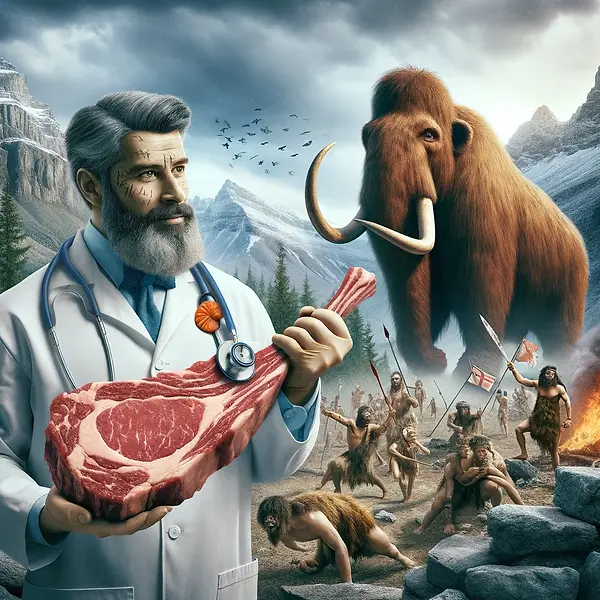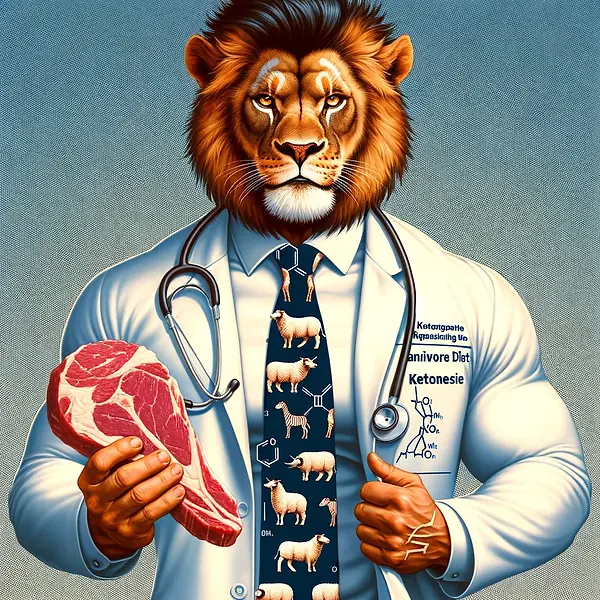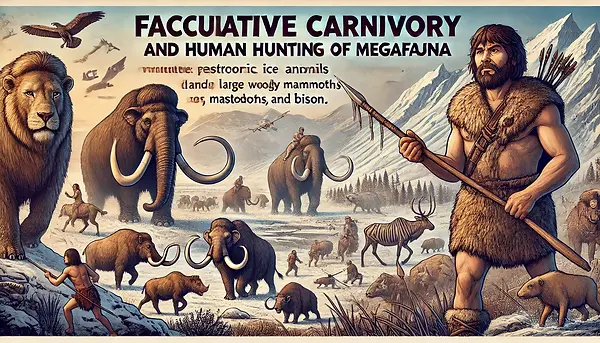
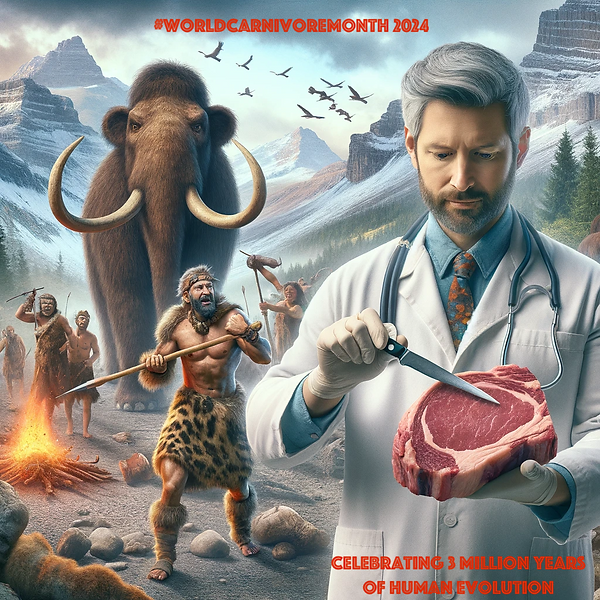
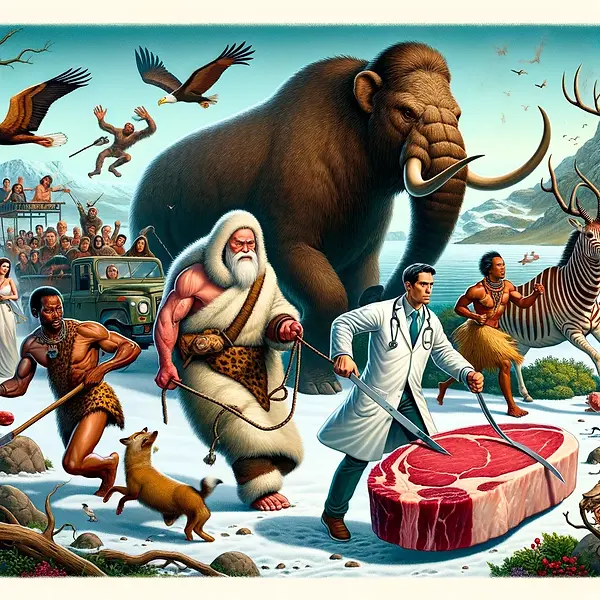
Title:
Stable isotope studies suggest European hunter-gatherers mostly ate a carnivorous diet during the Upper Paleolithic, placing them at or above the trophic level of wolves [51].
Abstract:
Isotopic evidence for the diets of European Neanderthals and early modern humans
Details
Stable isotope studies suggest European hunter-gatherers mostly ate a carnivorous diet during the Upper Paleolithic, placing them at or above the trophic level of wolves [51].
Isotopic evidence for the diets of European Neanderthals and early modern humans
Abstract
We report here on the direct isotopic evidence for Neanderthal and early modern human diets in Europe. Isotopic methods indicate the sources of dietary protein over many years of life, and show that Neanderthals had a similar diet through time (≈120,000 to ≈37,000 cal BP) and in different regions of Europe. The isotopic evidence indicates that in all cases Neanderthals were top-level carnivores and obtained all, or most, of their dietary protein from large herbivores. In contrast, early modern humans (≈40,000 to ≈27,000 cal BP) exhibited a wider range of isotopic values, and a number of individuals had evidence for the consumption of aquatic (marine and freshwater) resources. This pattern includes Oase 1, the oldest directly dated modern human in Europe (≈40,000 cal BP) with the highest nitrogen isotope value of all of the humans studied, likely because of freshwater fish consumption. As Oase 1 was close in time to the last Neanderthals, these data may indicate a significant dietary shift associated with the changing population dynamics of modern human emergence in Europe.
Hypothesis:

